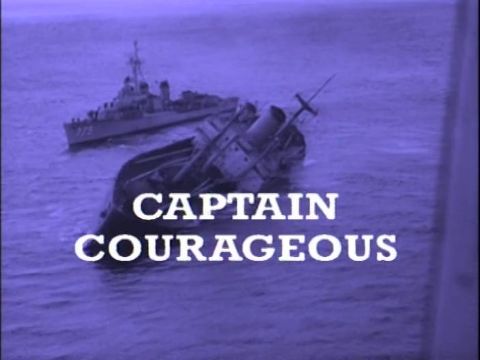Fastest on Land • 1996 • episode "10/20" • The True Action Adventures of the Twentieth Century
The Story of the Land Speed Record The men that have striven for it and the cars they drove. Craig Breedlove and the plane without wings and Malcolm Campbell's historic 'Bluebird'. Breathtaking shots of success and disaster in the Nevada Desert. In 1904, automotive pioneer Henry Ford set an early speed record--to increase sales. By the late '20s, British competitors Henry Seagrave and Malcolm Campbell had pushed the record to more than 200 mph...25 years later, Campbell's son Donald doubled his father's speed. Craig Breedlove's jet-powered "Spirit of America" soon rocketed to a new record--which was broken by a rocket-powered vehicle and then by one attached to a sidewinder missile. Today Breedlove is once again trying to become the world's fastest man...by driving the speed of sound. With breath-taking footage of triump and disaster this documentary tells the story of men who risked their lives to be the fastest on land. From Malcolm Campbell's 'Bluebird' to Craig Breedlove's self-designed plane without wings that broke the 600 mph barrier in 1965 it is the true story of man's obsession with speed and danger on land.
Make a donation
Buy a brother a hot coffee? Or a cold beer?
Hope you're finding these documentaries fascinating and eye-opening. It's just me, working hard behind the scenes to bring you this enriching content.
Running and maintaining a website like this takes time and resources. That's why I'm reaching out to you. If you appreciate what I do and would like to support my efforts, would you consider "buying me a coffee"?
Donation addresses
BTC: bc1q8ldskxh4x9qnddhcrgcun8rtvddeldm2a07r2v
ETH: 0x5CCAAA1afc5c5D814129d99277dDb5A979672116
With your donation through , you can show your appreciation and help me keep this project going. Every contribution, no matter how small, makes a significant impact. It goes directly towards covering server costs.

























